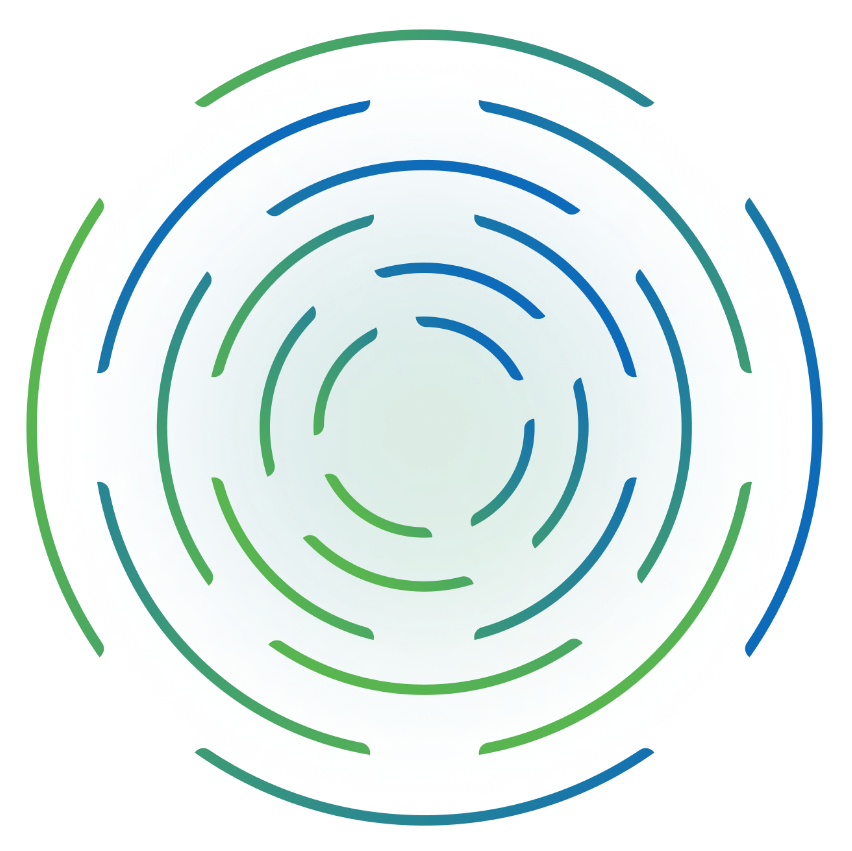Today’s DataOps teams face enormous challenges as they seek to improve the way the data is collected, managed, and leveraged. As organizations are inundated with growing amounts of data from disparate sources, DataOps teams are tasked with optimizing data delivery processes to improve the speed, quality, and reliability of data analytics.
When everything works well, DataOps makes it easier to provide analysts and stakeholders with reliable data for more informed decision-making. Yet, as the volume, velocity, and variety of data that organizations produce continues to grow exponentially, legacy DataOps tools and architectures are no longer viable. Traditional solutions like data warehouses can’t deliver the flexibility and agility DataOps teams need when analyzing and managing data.
ScienceLogic can help. The ScienceLogic AI Platform solves DataOps challenges by collecting data from sources throughout an IT environment and fusing it into an operational data lake. By normalizing data from disparate sources, understanding context, and applying AI/ML for actionable insights, ScienceLogic makes it easy to correlate events and anomalies to gain real-time insights into the state of the infrastructure and applications that support the business.
The value of a data lake for DataOps
While data warehouses collect and store specific types of structured and unstructured data for non-urgent analysis, data lakes are designed to collect, normalize, and analyze data for real-time insights. Data lakes use all the raw data generated by an organization’s IT enterprise, including structured, unstructured, and topological data. This includes data federated from infrastructure sources like Google, Microsoft, and Amazon, as well as events, logs, faults, configurations, and performance. When constructed well, a data lake provides DataOps teams and the enterprise with a single source of trusted, dynamic data for managing all IT components, reducing the complexity of modern IT environments.
One of the most valuable features of a data lake is clean, normalized data, where raw data is organized in ways that allow users to perform queries and analyses. Normalization involves deduping data, formatting it consistently, grouping it logically, and storing it in a more organized structure. Once data has been normalized, it can be easily visualized and analyzed. Most data that isn’t normalized will go unused, taking up storage space but not providing any meaningful benefits to the organization.
A data lake enables the kind of behavioral correlation between events and anomalies within a service context that leads to real-time insights into the health, availability, and risk of business services. DataOps and IT Ops management teams can use these insights to determine the root cause of issues and automate IT processes and workflows in real time.
Enhancing DataOps with ScienceLogic
ScienceLogic empowers intelligent, automated IT operations to free up time and resources and drive business outcomes with actionable insights. The ScienceLogic AI Platform enables companies to digitally transform themselves by removing the difficulty of managing complex, distributed IT services.
ScienceLogic’s hybrid cloud monitoring platform comes with its own data lake that’s engineered with thousands of pre-built data integrations. It also offers additional pre-built, customizable PowerPacks to support integrations with the latest technologies, as well as customizable integrations specific to certain scenarios and industries.
ScienceLogic uses a variety of techniques to discover everything within your digital footprint and collect performance data, configuration details, relationships, logs, and metadata. After gathering data from different sources, SL1 aligns, merges, aggregates, dedupes and normalizes data, then effectively persists it into the operational data lake.
With these data resources, ScienceLogic enables DataOps and ITOps to visualize the health, availability, and risk of business services. By applying a rich set of analytical techniques and machine learning, the platform detects “weird” or anomalous service behavior and correlates those anomalies and events within a service context. This methodology cuts through noise to quickly establish the root cause of an issue. Because the solution can review massive volumes of data quickly, it enables DataOps teams to keep in front of constantly changing environments.
Finally, ScienceLogic enables DataOps and ITOps to harness rich, contextualized intelligence that power multidirectional workflows at scale for both proactive and responsive actions. With SL1, you can keep your CMDB up-to-date and accurate, automated ticketing and routing, and automate troubleshooting and remediation steps.
The benefits of managing DataOps with ScienceLogic
By collecting data across hybrid environments and normalizing it in a real-time operational data lake, the ScienceLogic AI Platform enables DataOps teams to achieve significant benefits.
- Advanced integration: With robust integration capabilities, ScienceLogic lets organizations consolidate data from disparate sources into a unified platform. This creates a single source of truth that enables more accurate and comprehensive analytics.
- Automated workflows: With a unified data lake, DataOps teams can easily automate complex data workflows to accelerate processing and ensure that data is always up-to-date and ready for analysis.
- Scale effortlessly: The architecture of ScienceLogic operational data lake is built to handle rapidly growing data volumes and increasing demands for analytics. This kind of scalability is essential to an organization’s ability to scale data operations without compromising performance.
- Enhanced data governance: ScienceLogic offers robust data governance features, including data lineage tracking, access controls, and compliance monitoring. These capabilities are vital for maintaining data integrity and trust, and they ensure that data is managed according to best practices.
- Real-time analytics: ScienceLogic’s real-time processing enables organizations to derive insights from analytics of data as it is generated. This function is essential to making fast decisions that allow organizations to take advantage of new opportunities and stay ahead of the competition.
Why choose ScienceLogic?
ScienceLogic is trusted by thousands of organizations around the world to access the insights that accelerate innovation, drive business outcomes, and move toward autonomic IT operations. Our platform leverages advanced discovery techniques to visualize everything within your IT environment. With solutions for AIOps (AI for IT OPs), IT infrastructure monitoring, application performance management (APM) tools, network automation, IT automation software, and more, ScienceLogic enables intelligent, automated IT operations that resolve problems faster and free up time and resources for ITOps teams.
The ScienceLogic AI Platform is designed to meet the rigorous security requirements of the United States Department of Defense. It is optimized for the needs of large enterprises and proven for scale by the world’s largest service providers. With ScienceLogic, organizations and their ITOps teams can manage IT environments at speed, at scale, and in real-time.
DataOps FAQs
What is DataOps?
DataOps, or Data Operations, is a set of practices that improve how data is managed in an organization. It focuses on better teamwork, automation, and making data processes more reliable. The goal is to make handling data easier and more efficient.
What is the benefit of DataOps?
DataOps improves data quality by enhancing collaboration and automation, which helps identify and fix issues faster. It speeds up the delivery of data products and insights, enabling organizations to make informed decisions more quickly. Additionally, it increases efficiency by automating repetitive tasks and ensures data processes can scale effectively with growing data volumes.








